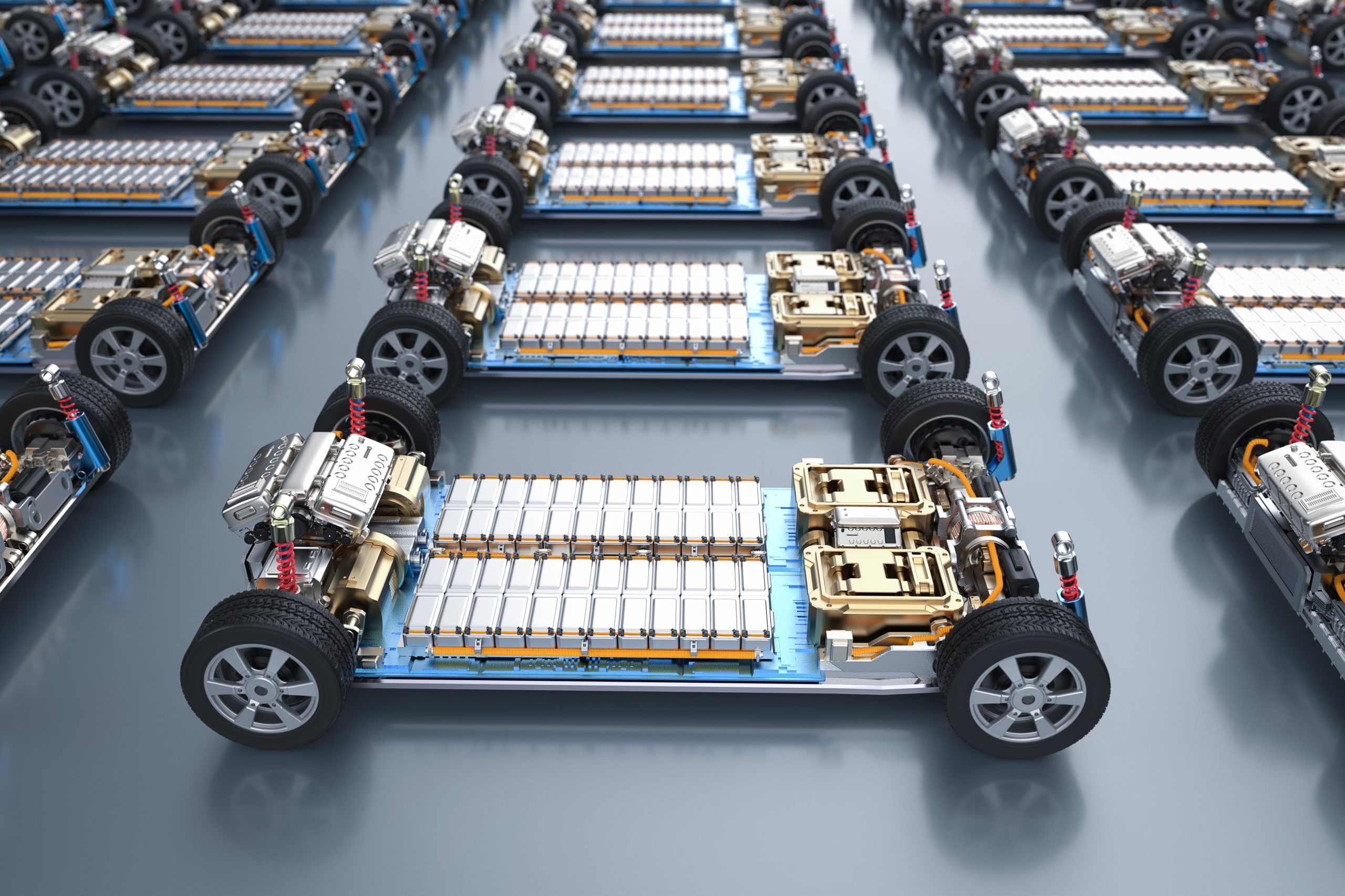In an era dominated by technological advancements, our reliance on portable electronic devices has skyrocketed. Whether it’s smartphones, laptops, electric vehicles, or renewable energy storage systems, the common thread that powers these innovations is the Lithium Ion Battery. This unassuming power source has revolutionized the way we live and work, providing a lightweight, high-energy-density solution to our ever-growing demand for portable power. In this blog, we’ll explore the inner workings, advantages, and future prospects of lithium-ion batteries.
The Anatomy of Lithium-Ion Batteries:
At the heart of every lithium-ion battery lies a sophisticated electrochemical process that facilitates the movement of ions between the battery’s positive and negative electrodes. The basic components include a cathode, an anode, a separator, and an electrolyte. Let’s break down their roles:
- Cathode: Typically made of lithium cobalt oxide, lithium manganese oxide, or lithium iron phosphate, the cathode acts as the positive electrode during the discharge process, attracting lithium ions.
- Anode: Usually composed of graphite, the anode serves as the negative electrode, storing lithium ions when the battery is charged.
- Separator: Positioned between the cathode and anode, the separator prevents a direct electrical connection between them, while still allowing the movement of ions.
- Electrolyte: A conductive solution containing lithium salts, the electrolyte facilitates the movement of lithium ions between the cathode and anode.
Advantages of Lithium-Ion Batteries:
- High Energy Density: Lithium-ion batteries boast a high energy density, meaning they can store a significant amount of energy in a relatively small and lightweight package. This makes them ideal for portable electronic devices and electric vehicles.
- Long Cycle Life: Lithium-ion batteries exhibit a longer cycle life compared to traditional rechargeable batteries. They can undergo numerous charge-discharge cycles before experiencing a noticeable decline in performance.
- Rapid Charging: Lithium-ion batteries support fast-charging capabilities, enabling users to replenish their devices’ power quickly. This feature is particularly crucial for electric vehicles and mobile gadgets with high energy demands.
- Low Self-Discharge Rate: Unlike some other rechargeable batteries, lithium-ion batteries have a relatively low self-discharge rate. This means they retain their charge for extended periods when not in use.
Future Prospects and Challenges:
As we look ahead, the evolution of lithium-ion battery technology continues to be a focal point for researchers and engineers. Efforts are being made to enhance energy density, improve safety features, and reduce costs. Additionally, the development of sustainable and eco-friendly materials for battery components is gaining traction to address environmental concerns.
However, challenges such as resource availability (lithium, cobalt, etc.), safety concerns, and recycling processes need to be addressed for the widespread adoption of lithium-ion batteries to be sustainable in the long run.


Leave a Reply